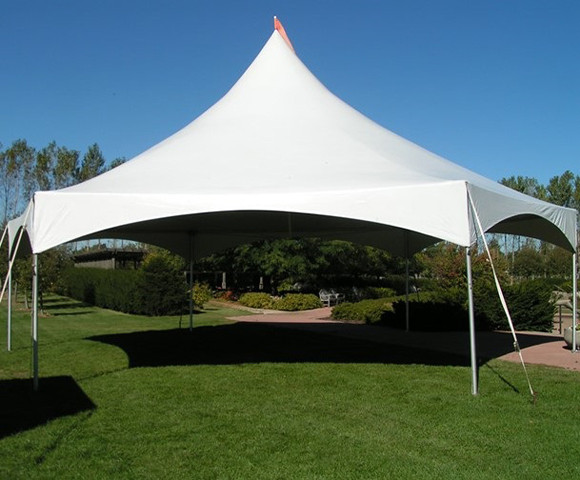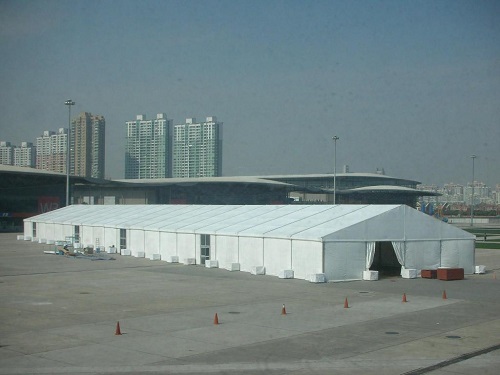How to Build a PVC Tent
How to Build a PVC Tent
Building a PVC tarpaulin tent is a cost-effective and customizable project that can be used for camping, events, or temporary shelter. PVC pipes are lightweight, easy to work with, and readily available. Here's a step-by-step guide to building a simple PVC tent:
Materials Needed
PVC Pipes:
1-inch diameter PVC pipes are commonly used.
Lengths depend on the size of your tent (e.g., 10 ft for the frame).
PVC Connectors:
Elbows (90-degree and 45-degree), T-connectors, and cross connectors.
Tarp or Fabric:
Waterproof tarp or heavy-duty fabric for the tent cover.
Rope or Bungee Cords:
For securing the tarp to the frame.
Tent Stakes or Weights:
To anchor the tent to the ground.
Tools:
PVC pipe cutter or saw, measuring tape, marker, and sandpaper (to smooth cut edges).
Steps to Build a PVC Tent
1. Design Your Tent
Decide on the size and shape of your tent (e.g., A-frame, dome, or simple lean-to).
Sketch a diagram with measurements for the frame and tarp.

2. Cut the PVC Pipes
Measure and cut the PVC pipes to the required lengths for the frame:
Vertical Poles: For the height of the tent.
Horizontal Poles: For the width and length of the tent.
Diagonal Poles: For stability (if needed).
Smooth the cut edges with sandpaper.

3. Assemble the Frame
Use PVC connectors to join the pipes into the desired shape.
For an A-frame tent:
Create two A-shaped structures for the front and back.
Connect them with horizontal pipes at the top and sides.
For a dome tent:
Use cross connectors to create a geodesic dome structure.

4. Secure the Frame
Ensure the frame is stable and all joints are tightly connected.
If needed, use PVC cement to permanently secure the joints.
5. Attach the Tarp
Drape the tarp over the frame, ensuring it covers all sides.
Use rope or bungee cords to secure the tarp to the frame:
Tie the corners of the tarp to the bottom of the frame.
Use clips or grommets to attach the tarp to the pipes.
6. Anchor the Tent
Use tent stakes or weights to secure the tent to the ground:
Drive stakes through the tarp's grommets or tie ropes to stakes.
If staking isn’t possible, use sandbags or heavy objects to weigh down the tent.
7. Add Finishing Touches
Ensure the tarp is taut and properly secured to prevent flapping.
Add a groundsheet or additional tarp for the floor if needed.
Use duct tape or extra rope to reinforce any weak points.
Tips for Building a PVC Tent
Size: Keep the tent small for better stability and easier assembly.
Ventilation: Leave gaps or add windows for airflow.
Weatherproofing: Use a waterproof tarp and seal seams with waterproof tape.
Portability: Disassemble the frame for easy transport and storage.
Example: Simple A-Frame PVC Tent
Cut four 10-ft pipes for the A-frame sides and two 8-ft pipes for the horizontal supports.
Use elbow connectors to create two A-shaped structures.
Connect the A-frames with horizontal pipes at the top and bottom.
Drape a 10x12 ft tarp over the frame and secure it with rope.
Stake the tent to the ground and adjust for stability.